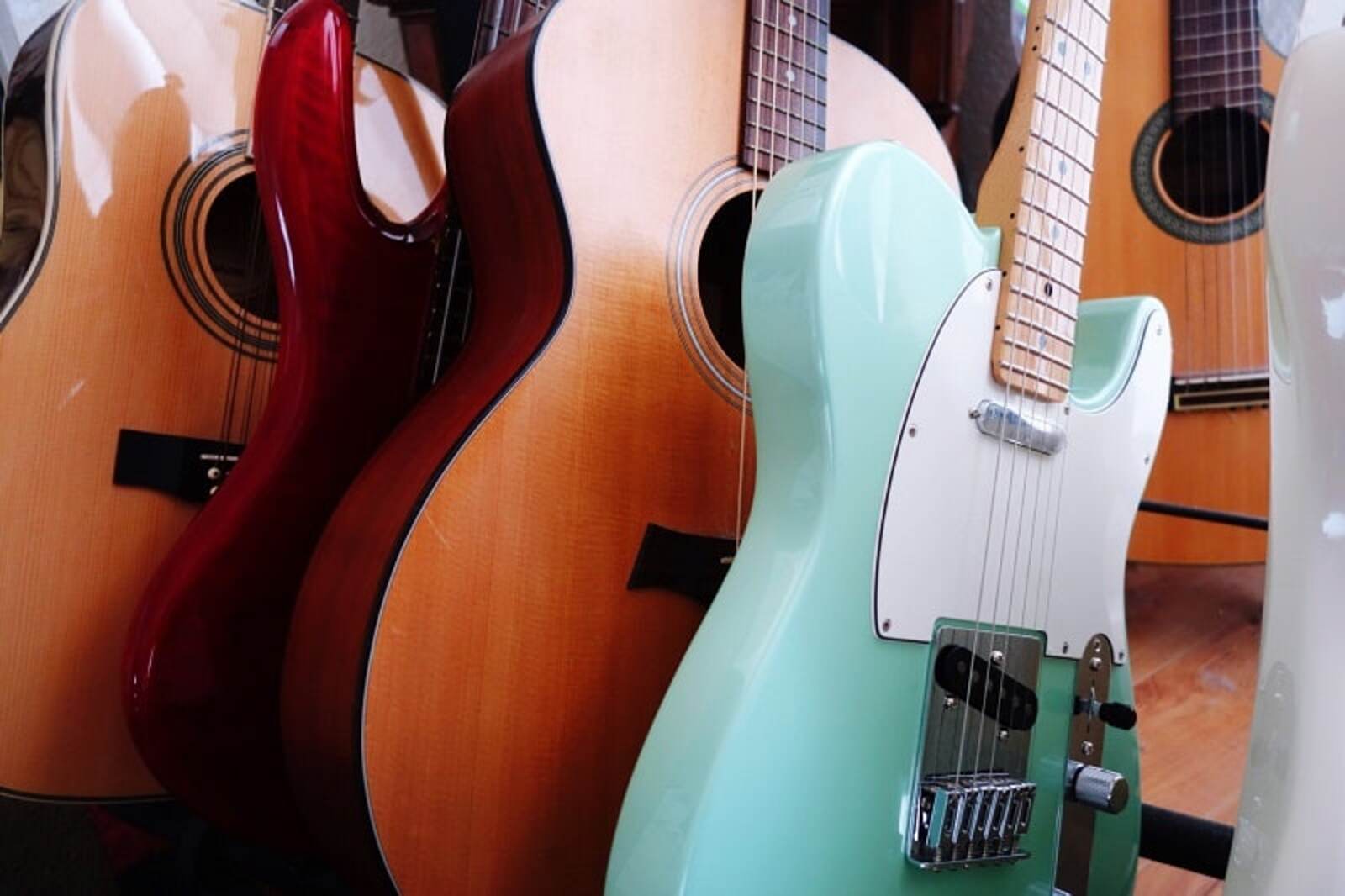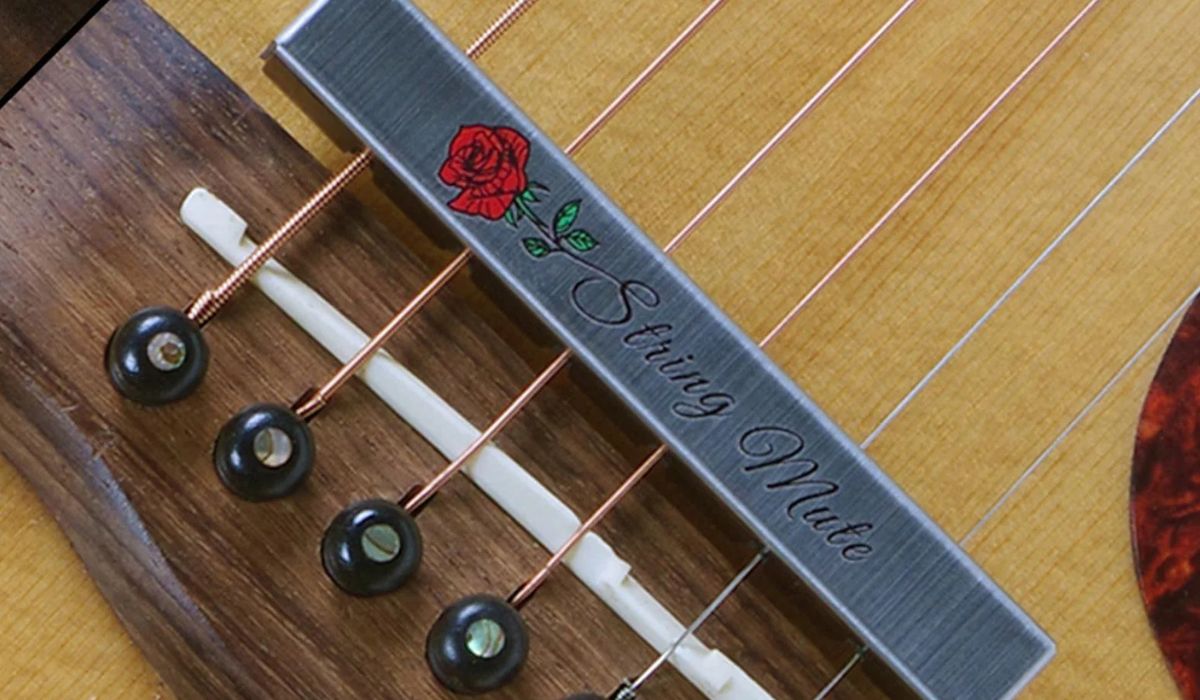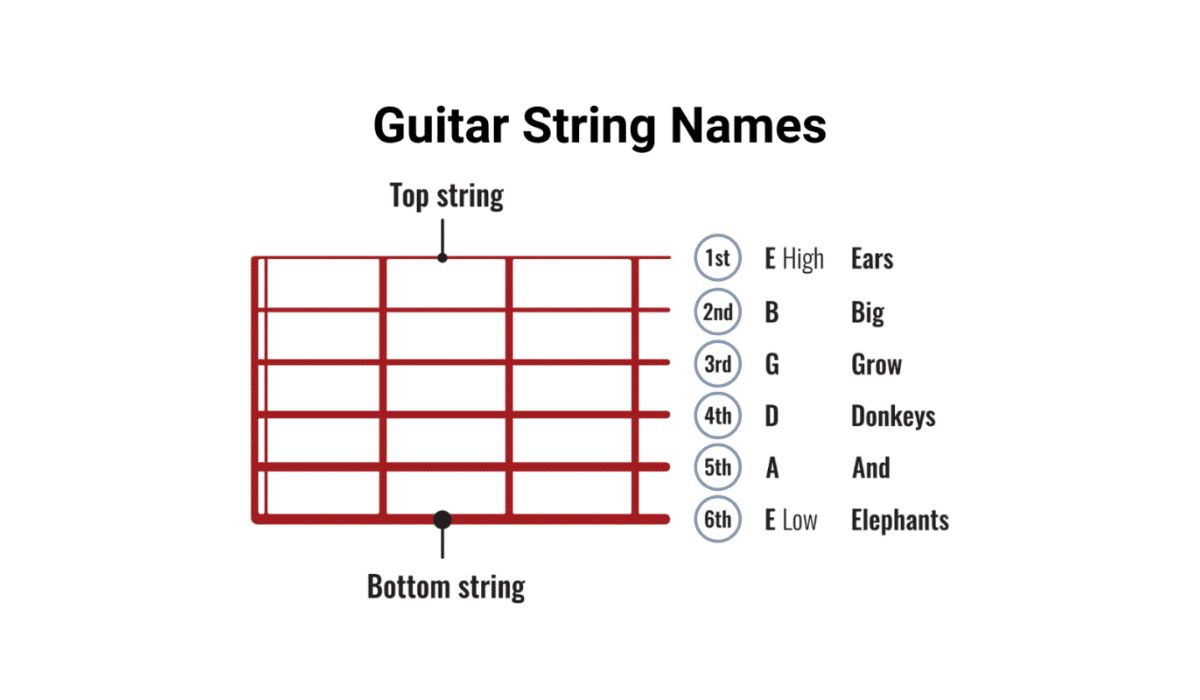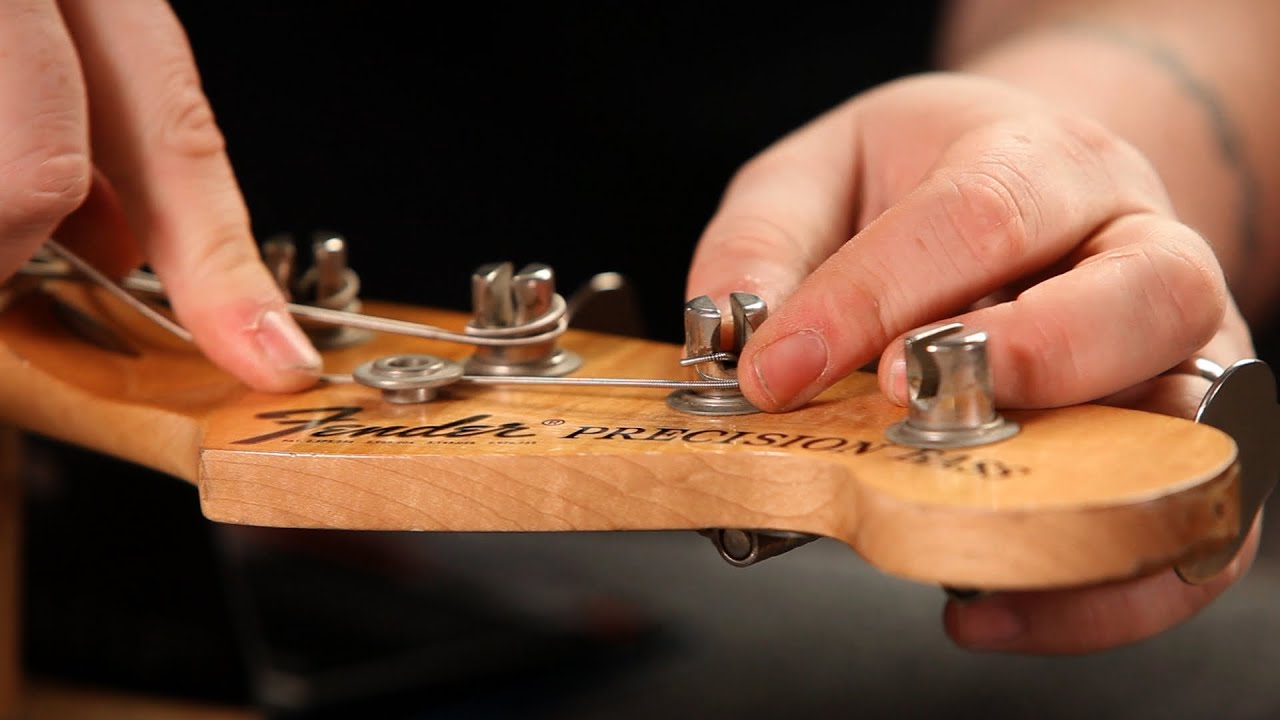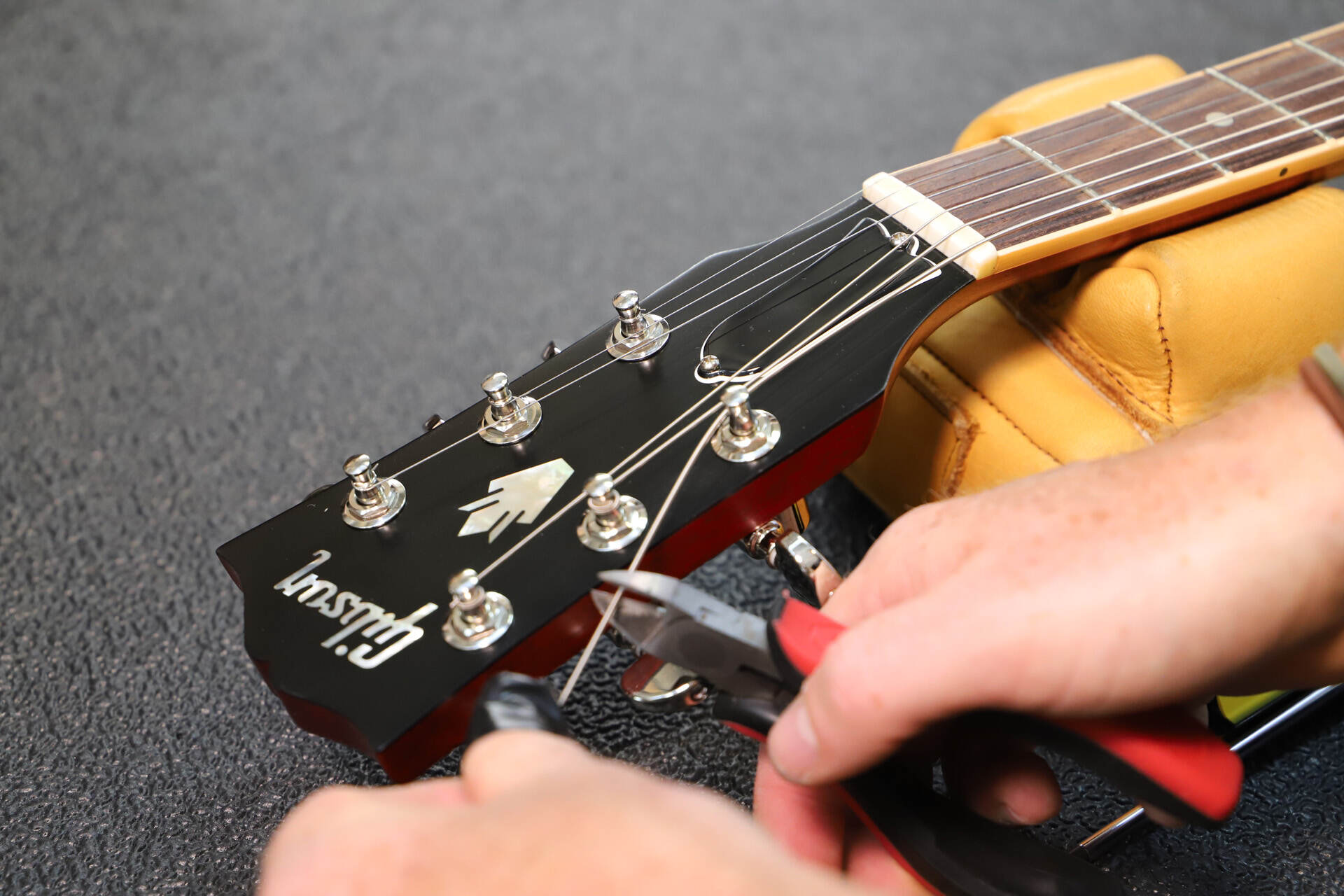Home>Instruments>Guitar>How Often Should I Change Guitar Strings
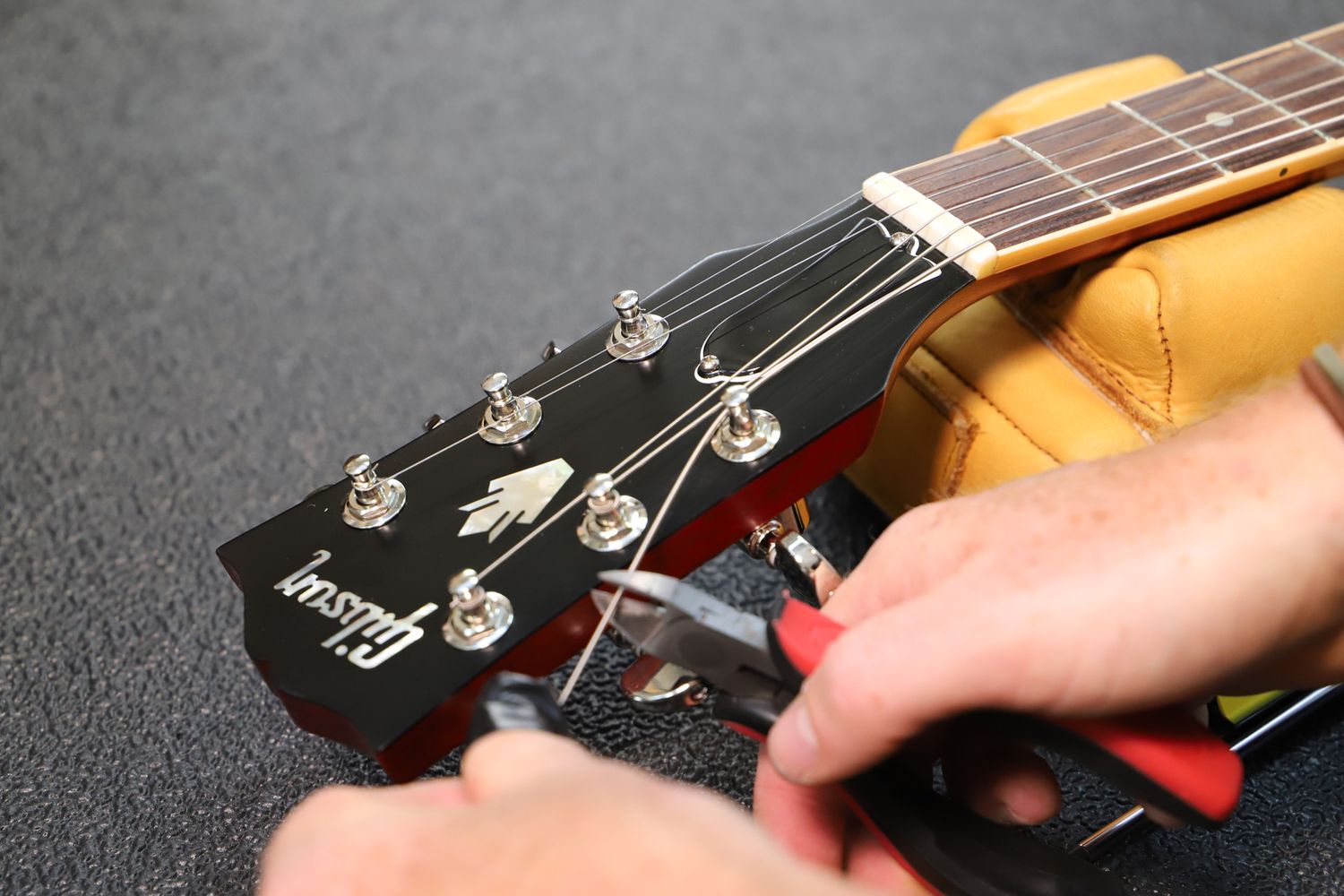

Guitar
How Often Should I Change Guitar Strings
Modified: February 15, 2024
Learn how often to change guitar strings to keep your instrument sounding its best. Get expert tips on guitar maintenance and care.
(Many of the links in this article redirect to a specific reviewed product. Your purchase of these products through affiliate links helps to generate commission for AudioLover.com, at no extra cost. Learn more)
Table of Contents
Introduction
The Importance of Guitar Strings Maintenance
As a guitarist, your instrument’s strings are the vital components that directly influence the sound and playability of your guitar. The condition of your strings significantly impacts the tone, intonation, and overall performance of your instrument. Therefore, understanding the factors affecting string longevity and knowing when to change them is essential for maintaining a high-quality sound and playing experience.
Whether you’re a seasoned musician or a beginner, the care and maintenance of your guitar’s strings are crucial aspects of instrument upkeep. By learning how often to change your guitar strings and recognizing the signs that indicate it’s time for a replacement, you can ensure that your instrument consistently produces the best possible sound.
In this comprehensive guide, we’ll explore the various factors that affect string longevity, identify the telltale signs that indicate when it’s time to change your guitar strings, and provide recommendations for how frequently you should replace them. By the end of this article, you’ll have a clear understanding of the importance of proper string maintenance and the best practices for ensuring your guitar consistently delivers exceptional sound quality.
Factors Affecting String Longevity
Several factors influence the longevity of your guitar strings, impacting how frequently they need to be replaced. Understanding these factors can help you make informed decisions about string maintenance and replacement, ultimately contributing to the overall performance and playability of your instrument.
1. Playing Frequency and Style
The frequency and style of your playing have a significant impact on the lifespan of your guitar strings. If you play regularly, especially with aggressive strumming or bending techniques, your strings will experience more wear and tear, leading to a shorter lifespan. Additionally, playing with a heavy hand or using techniques that put extra stress on the strings can cause them to lose their tone and intonation more quickly.
2. Environmental Conditions
The environment in which your guitar is stored and played also affects the longevity of its strings. Factors such as humidity, temperature fluctuations, and exposure to airborne contaminants can contribute to corrosion and degradation of the strings. High humidity levels can cause rust, while extreme temperatures can lead to expansion and contraction of the metal, affecting the strings’ integrity.
3. String Quality and Composition
The quality and composition of the strings themselves play a crucial role in determining their longevity. Higher-quality strings made from durable materials such as stainless steel or coated alloys tend to last longer and maintain their tone and intonation over time. Conversely, lower-quality strings may degrade more quickly, requiring more frequent replacements to uphold optimal performance.
4. Maintenance and Cleaning
Regular maintenance and cleaning of your guitar strings can significantly impact their lifespan. Accumulated dirt, sweat, and oils from your fingers can expedite the corrosion and degradation of the strings. By wiping down the strings after each playing session and using specialized string cleaning products, you can prolong their lifespan and preserve their sound quality.
By considering these factors and implementing best practices for string maintenance, you can optimize the longevity and performance of your guitar strings, ultimately enhancing your playing experience and the quality of your instrument’s sound.
Signs It’s Time to Change Your Guitar Strings
Recognizing the signs that indicate when it’s time to change your guitar strings is essential for maintaining a consistent and high-quality sound. While the frequency of string changes varies depending on individual playing habits and environmental factors, certain indicators can help you determine when new strings are necessary. By paying attention to these signs, you can ensure that your instrument always delivers optimal performance and tone.
1. Loss of Tone and Intonation
One of the most noticeable signs that it’s time to change your guitar strings is a significant loss of tone and intonation. Over time, strings accumulate dirt, sweat, and oils from your fingers, leading to a dull and lifeless sound. If you notice that your guitar’s tone lacks brightness, sustain, or clarity, it may be a clear indication that the strings have reached the end of their lifespan.
2. Reduced Sustain and Resonance
Worn-out strings often exhibit reduced sustain and resonance, affecting the overall richness and depth of your guitar’s sound. When your instrument’s strings no longer produce a full, vibrant sustain and fail to resonate as they should, it’s a strong indication that they need to be replaced to restore the desired sound quality.
3. Visible Wear and Corrosion
Inspecting your guitar strings for visible signs of wear, corrosion, or discoloration is a practical way to assess their condition. Rust, discoloration, or rough spots on the strings indicate corrosion and degradation, negatively impacting their playability and tonal characteristics. If you notice these visual cues, it’s likely time to invest in a fresh set of strings.
4. Difficulty Staying in Tune
Old and worn strings often struggle to maintain proper tuning stability, causing your guitar to frequently fall out of tune. If you find yourself constantly readjusting the tuning of your instrument due to strings slipping out of pitch, it’s a strong indication that the strings have lost their elasticity and are no longer capable of holding tune effectively.
By recognizing these signs and regularly evaluating the condition of your guitar strings, you can proactively address any deterioration in sound quality and playability, ensuring that your instrument consistently delivers the best possible performance.
How Often Should You Change Your Guitar Strings?
Determining how frequently you should change your guitar strings depends on a variety of factors, including your playing habits, the type of strings you use, and environmental conditions. While there is no one-size-fits-all answer, several guidelines can help you gauge when it’s time for a string change, ensuring that your instrument maintains optimal playability and sound quality.
1. Playing Frequency and Style
If you’re a frequent player, particularly engaging in rigorous strumming, bending, and other techniques that exert significant stress on the strings, you may need to change your strings more often. Professional musicians and avid performers often change strings before each gig or recording session to ensure consistent tone and playability. However, for casual players, changing strings every 1-3 months is a common recommendation to prevent tonal degradation.
2. Environmental Factors
The environmental conditions in which your guitar is stored and played can impact string longevity. High humidity levels, exposure to sweat, and contact with oils from your fingers can expedite corrosion and degradation. If you frequently play in humid or sweaty environments, consider changing your strings more frequently to combat the effects of these conditions.
3. String Type and Quality
The type and quality of your guitar strings also influence how often they should be changed. Coated strings and those made from durable materials like stainless steel typically last longer and maintain their tone and intonation, allowing for extended use before replacement. Conversely, uncoated or lower-quality strings may require more frequent changes to uphold optimal performance.
4. Personal Preference
Ultimately, the decision to change your guitar strings should also consider personal preference. Some players may prefer the bright, crisp sound of new strings and opt to change them more frequently, while others may appreciate the warmer, broken-in tone of slightly older strings. Understanding your own tonal preferences and the impact of string age on your desired sound can help guide your decision on when to change your strings.
By considering these factors and regularly assessing the condition of your guitar strings, you can develop a personalized approach to string maintenance, ensuring that your instrument consistently delivers the desired tone, playability, and overall performance.
Conclusion
Understanding the nuances of guitar string maintenance and knowing when to change your strings are essential elements of being a conscientious guitarist. By considering the various factors that influence string longevity, recognizing the signs that indicate the need for replacement, and determining how often to change your guitar strings, you can ensure that your instrument consistently delivers the best possible sound and playability.
Factors such as playing frequency and style, environmental conditions, string quality, and personal preferences all play a role in determining the optimal string replacement schedule for your individual needs. By staying attuned to the condition of your strings and proactively addressing any signs of wear, corrosion, or tonal degradation, you can maintain a high standard of sound quality and playability.
Ultimately, the decision to change your guitar strings should be guided by a balance of practical considerations and personal preferences. Whether you prefer the crisp brightness of new strings or the warmer, broken-in tone of slightly aged ones, staying mindful of the impact of string age on your desired sound is crucial in making informed decisions about string maintenance.
By implementing best practices for string care, including regular cleaning, monitoring environmental factors, and understanding your playing habits, you can optimize the longevity and performance of your guitar strings, enhancing your overall playing experience and the quality of your instrument’s sound.
In conclusion, maintaining a proactive approach to string maintenance and replacement empowers you to consistently achieve the desired tone, intonation, and playability, ensuring that your guitar remains a reliable and enjoyable instrument for years to come.



